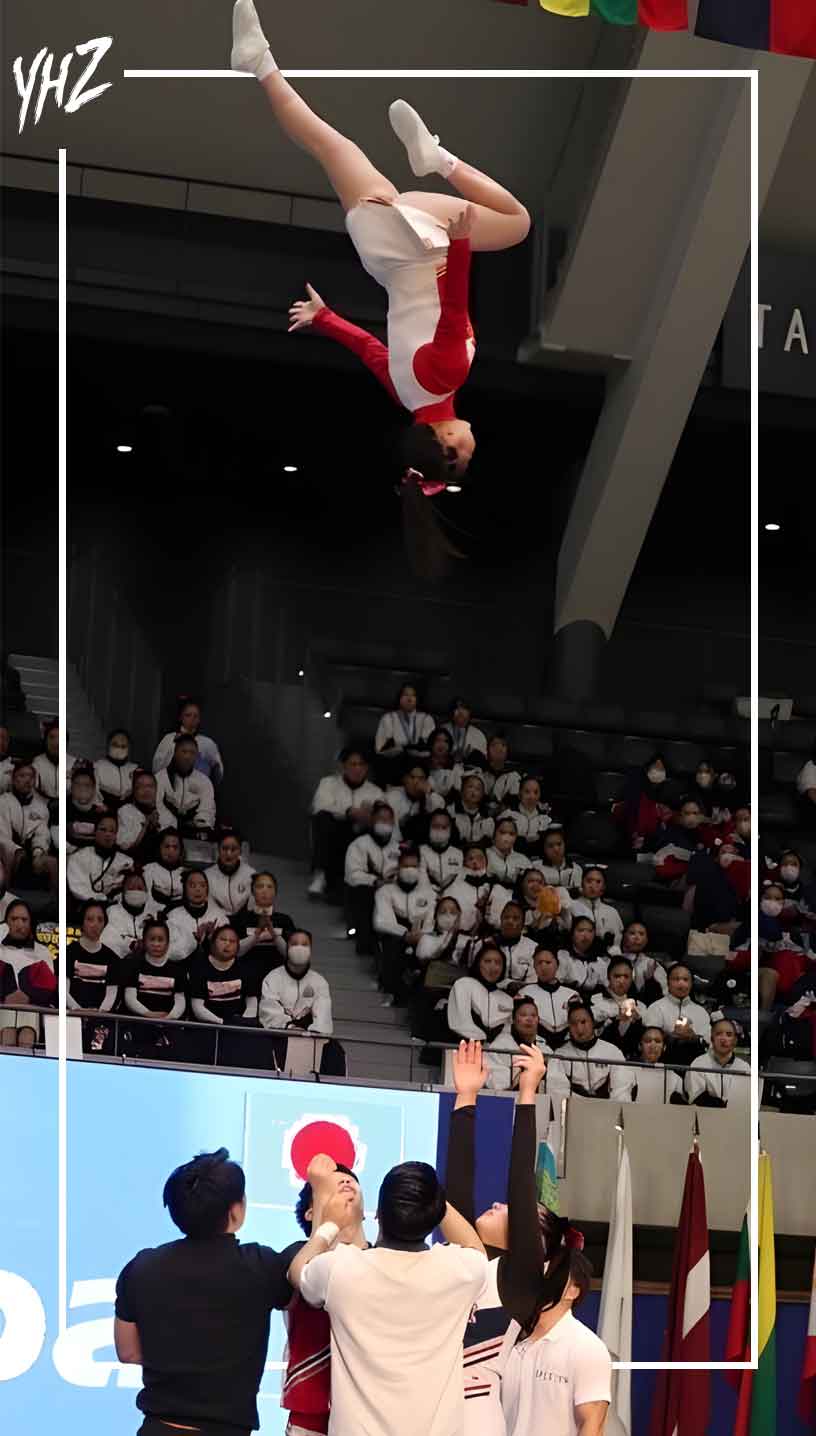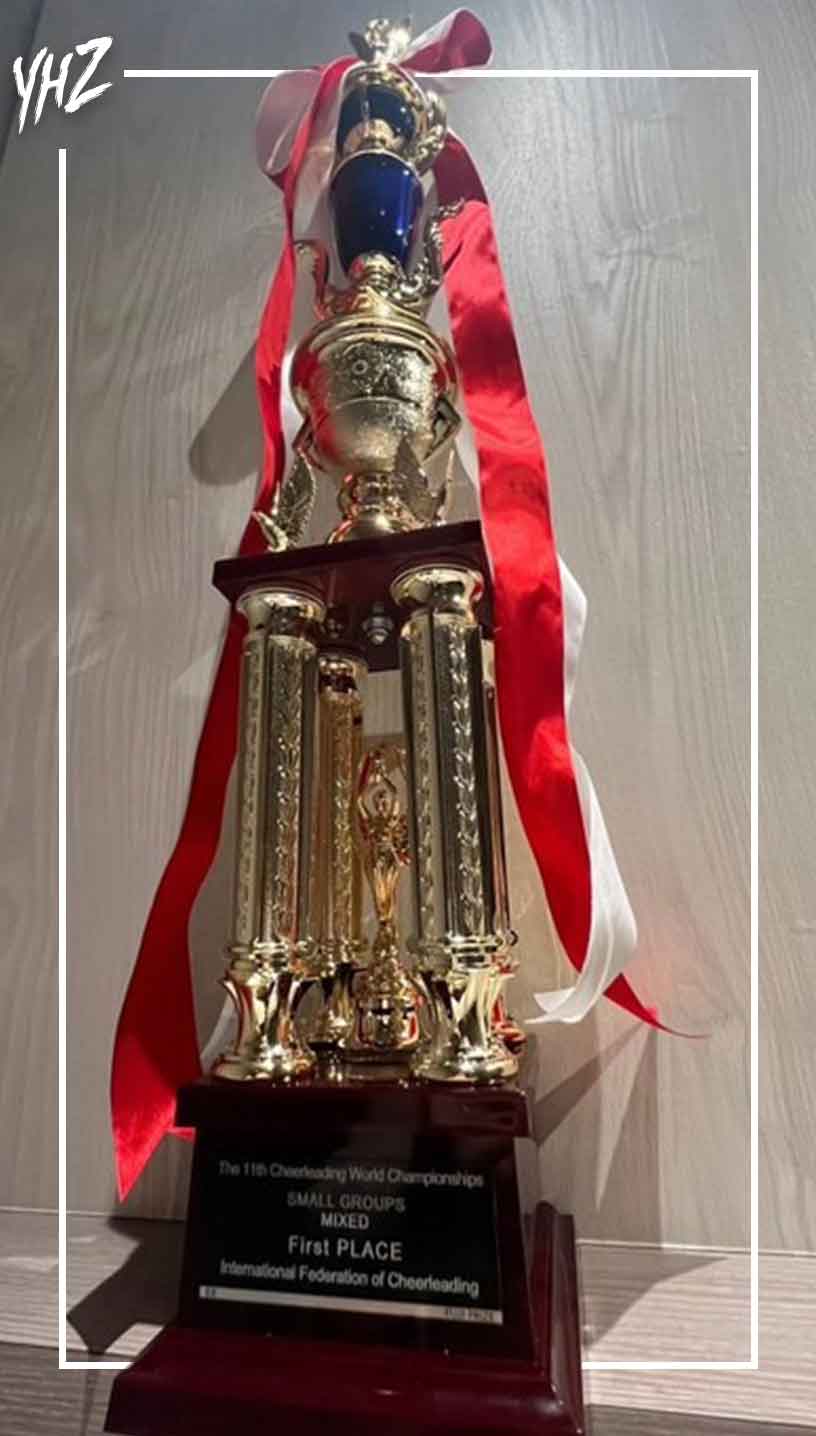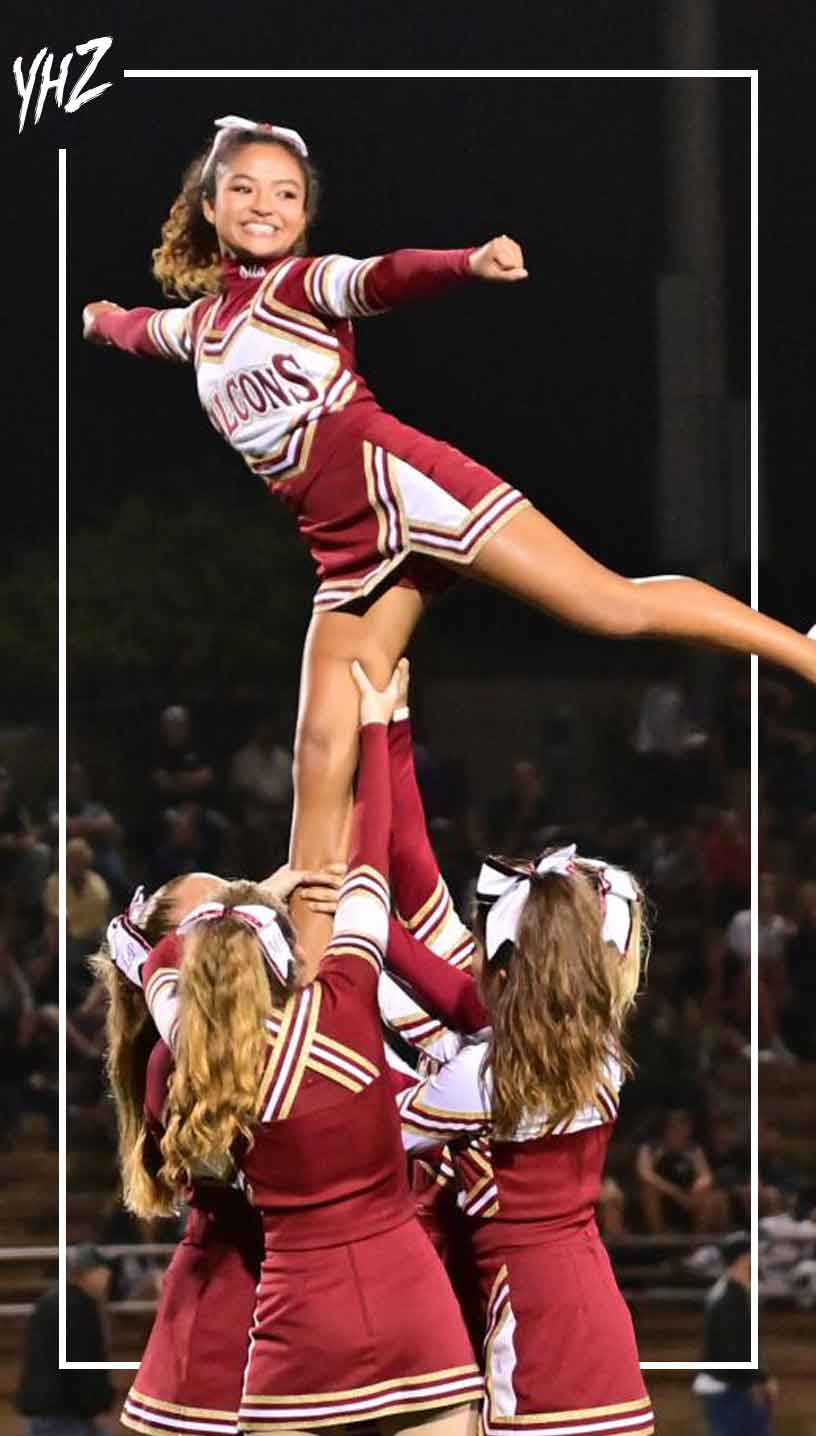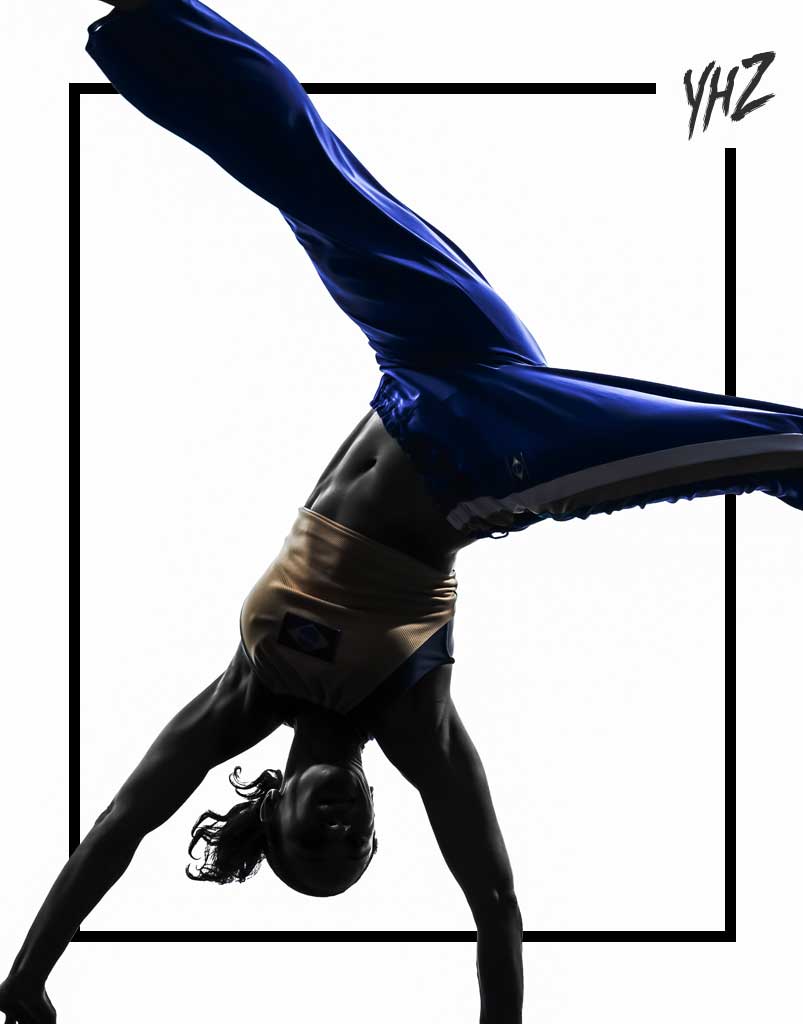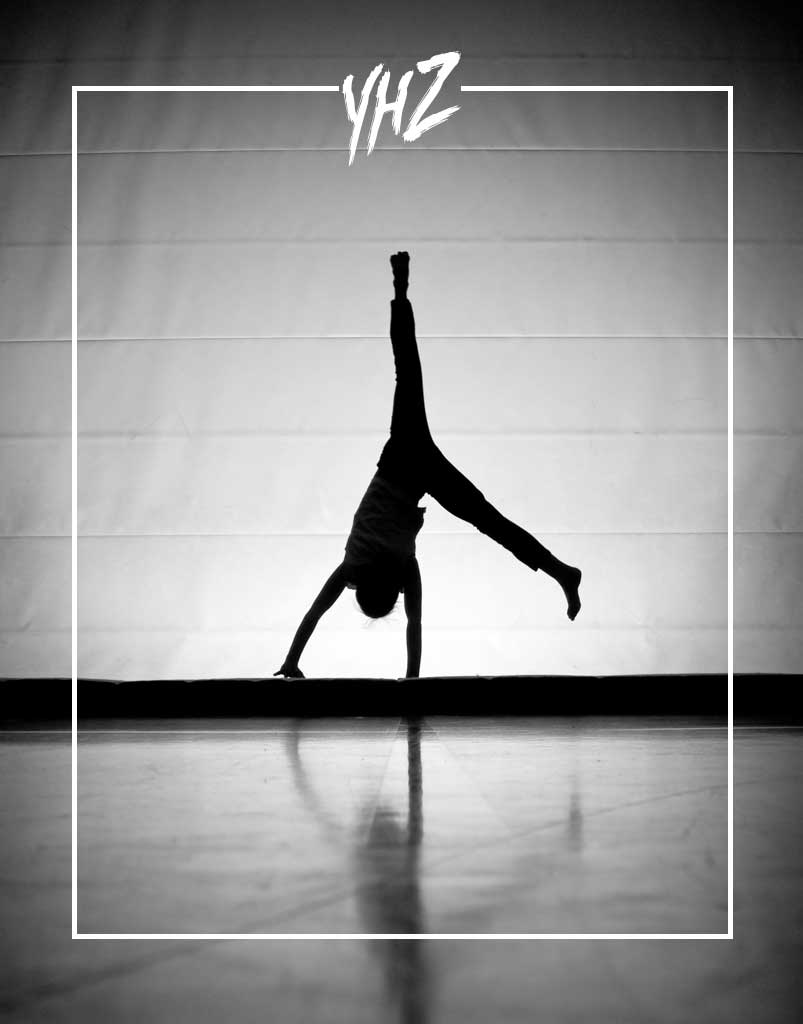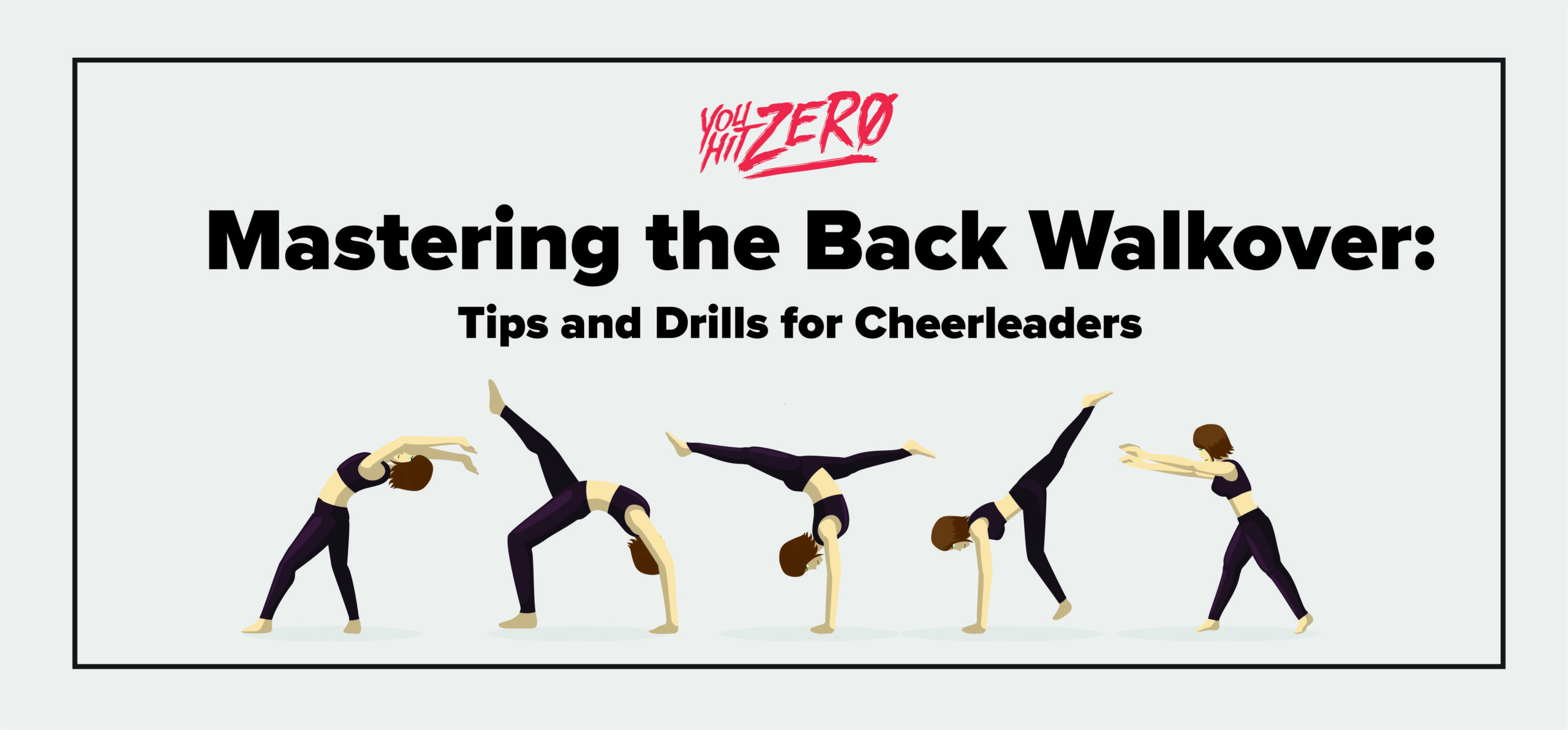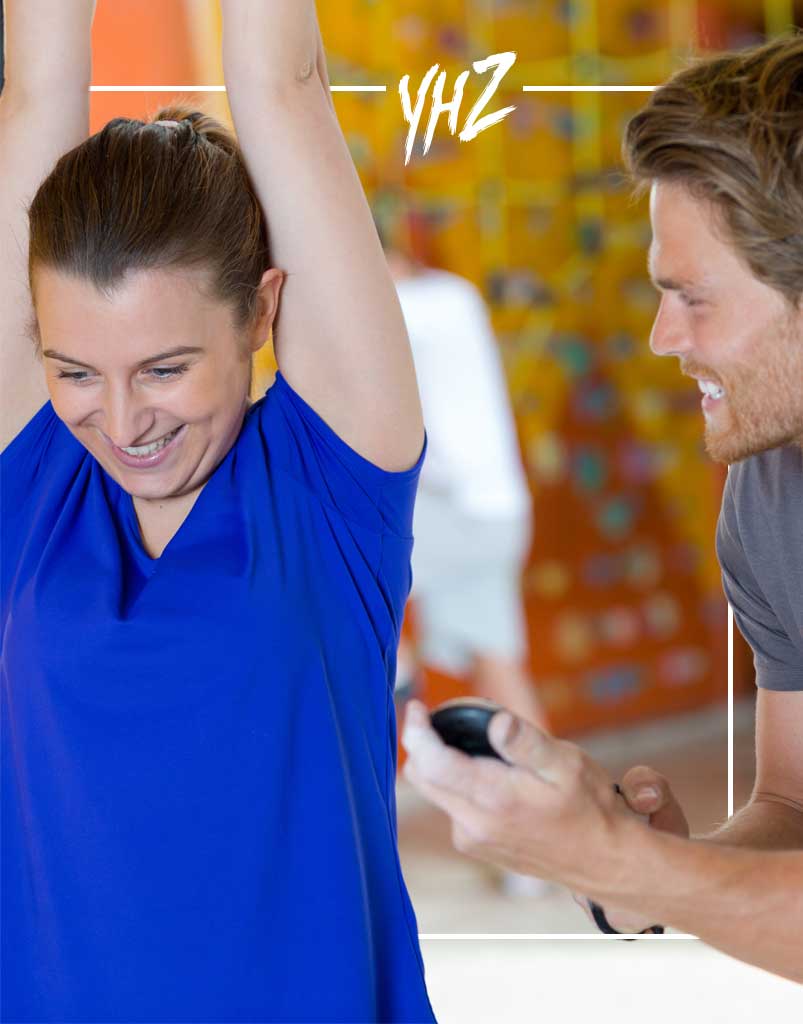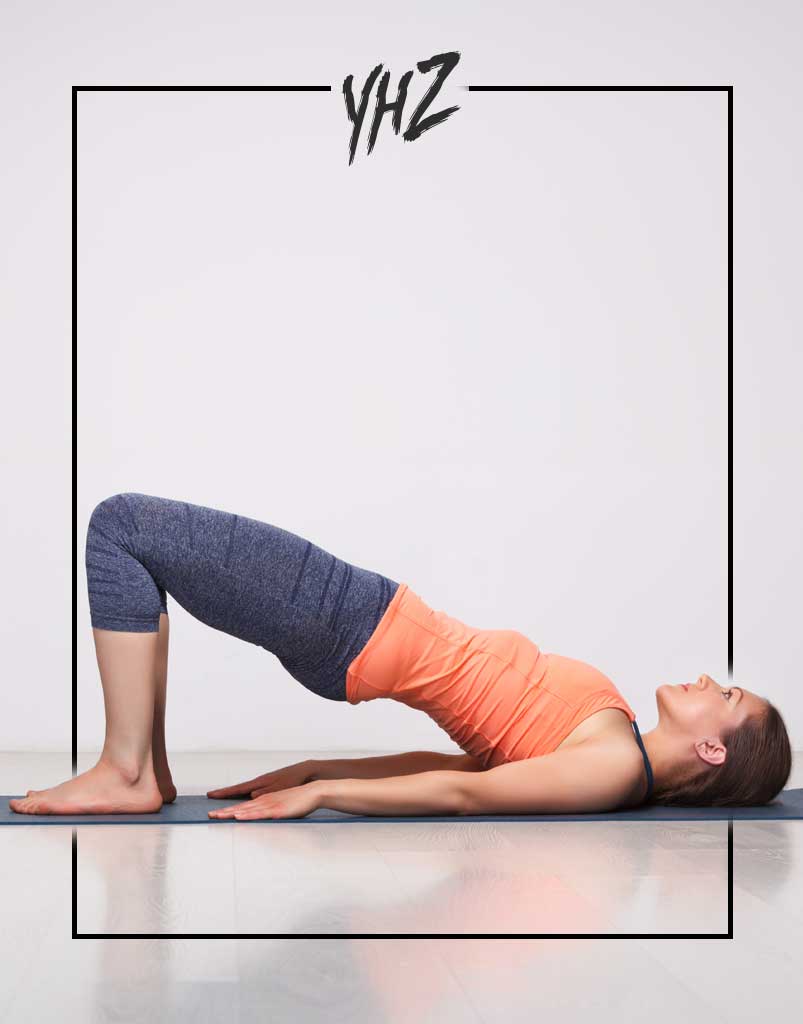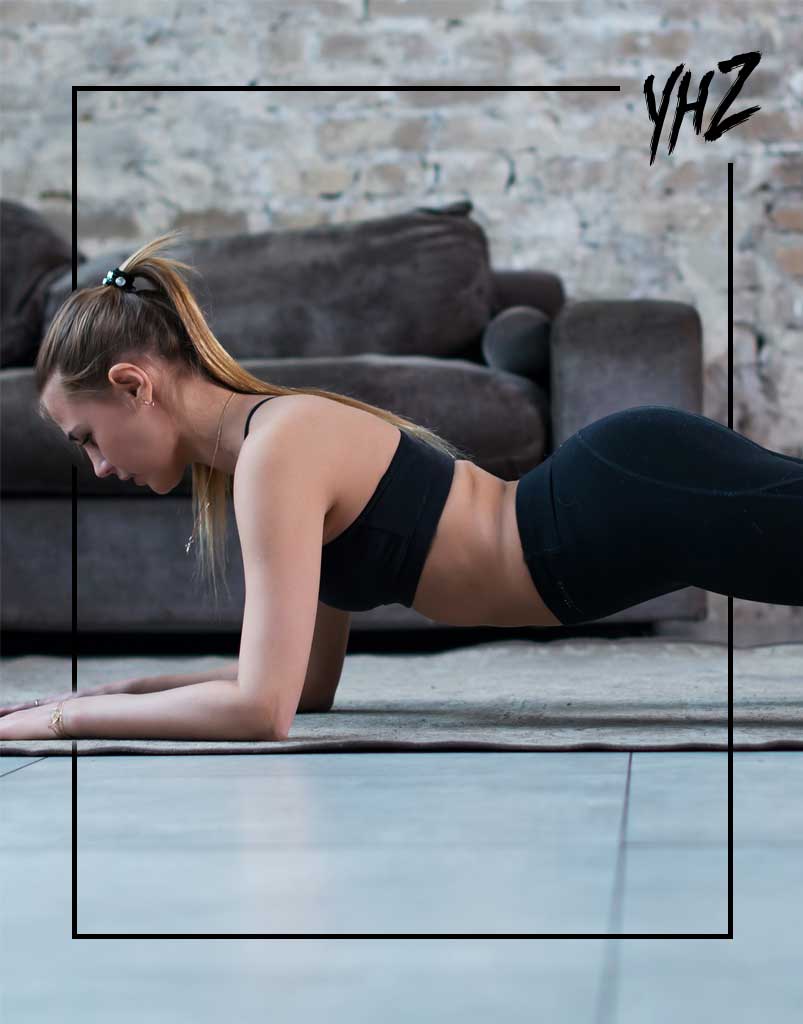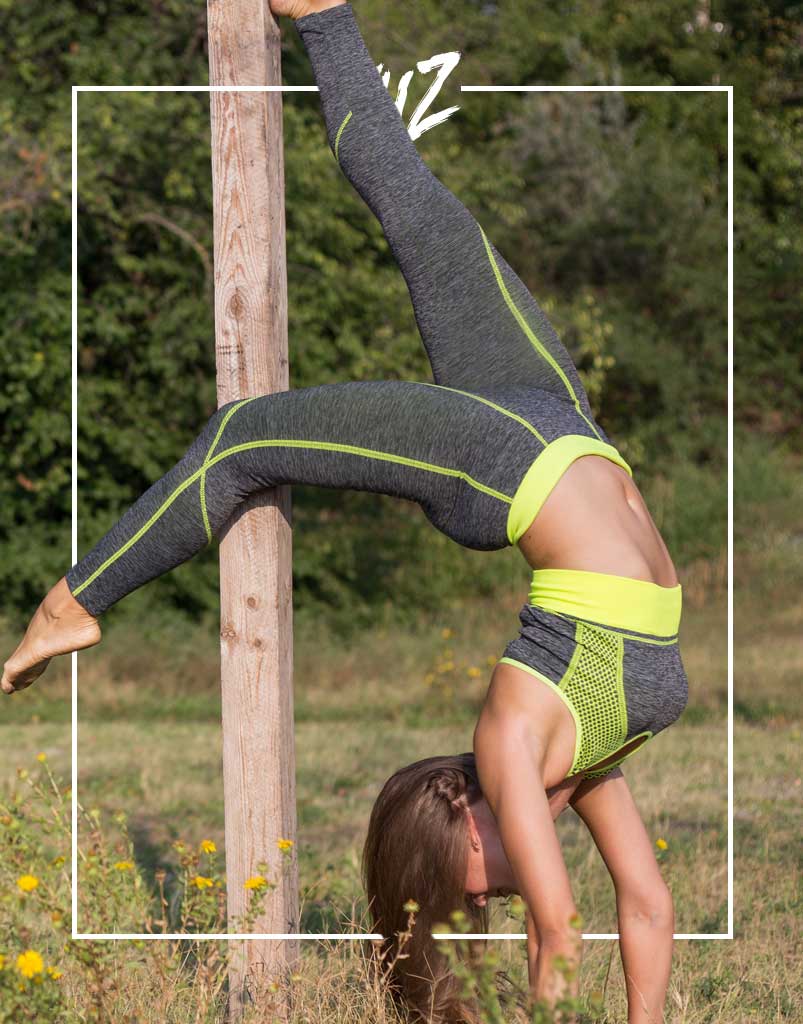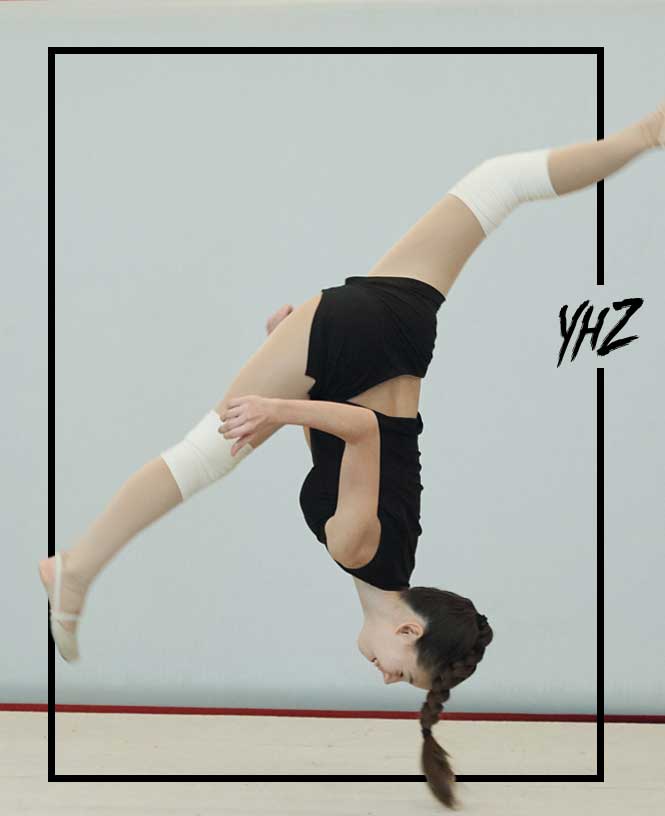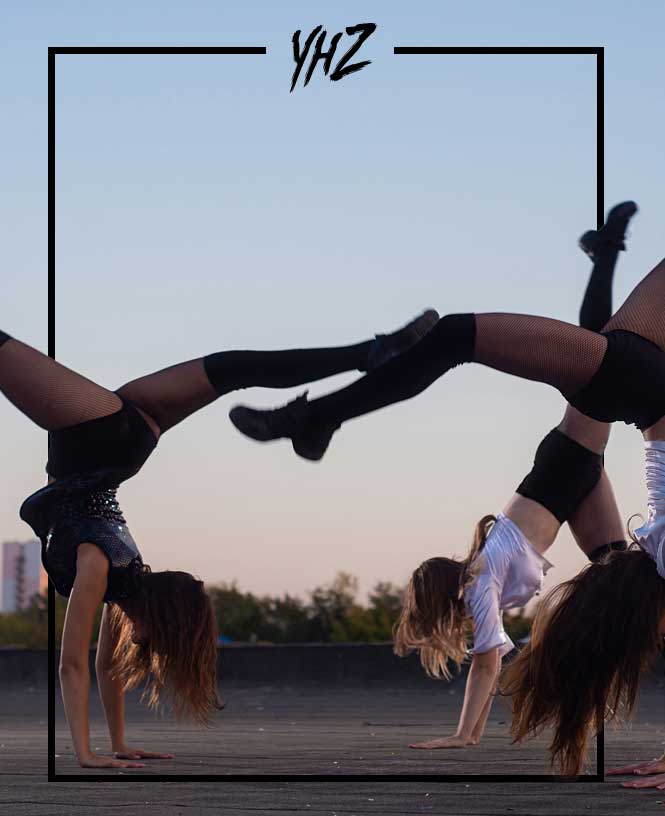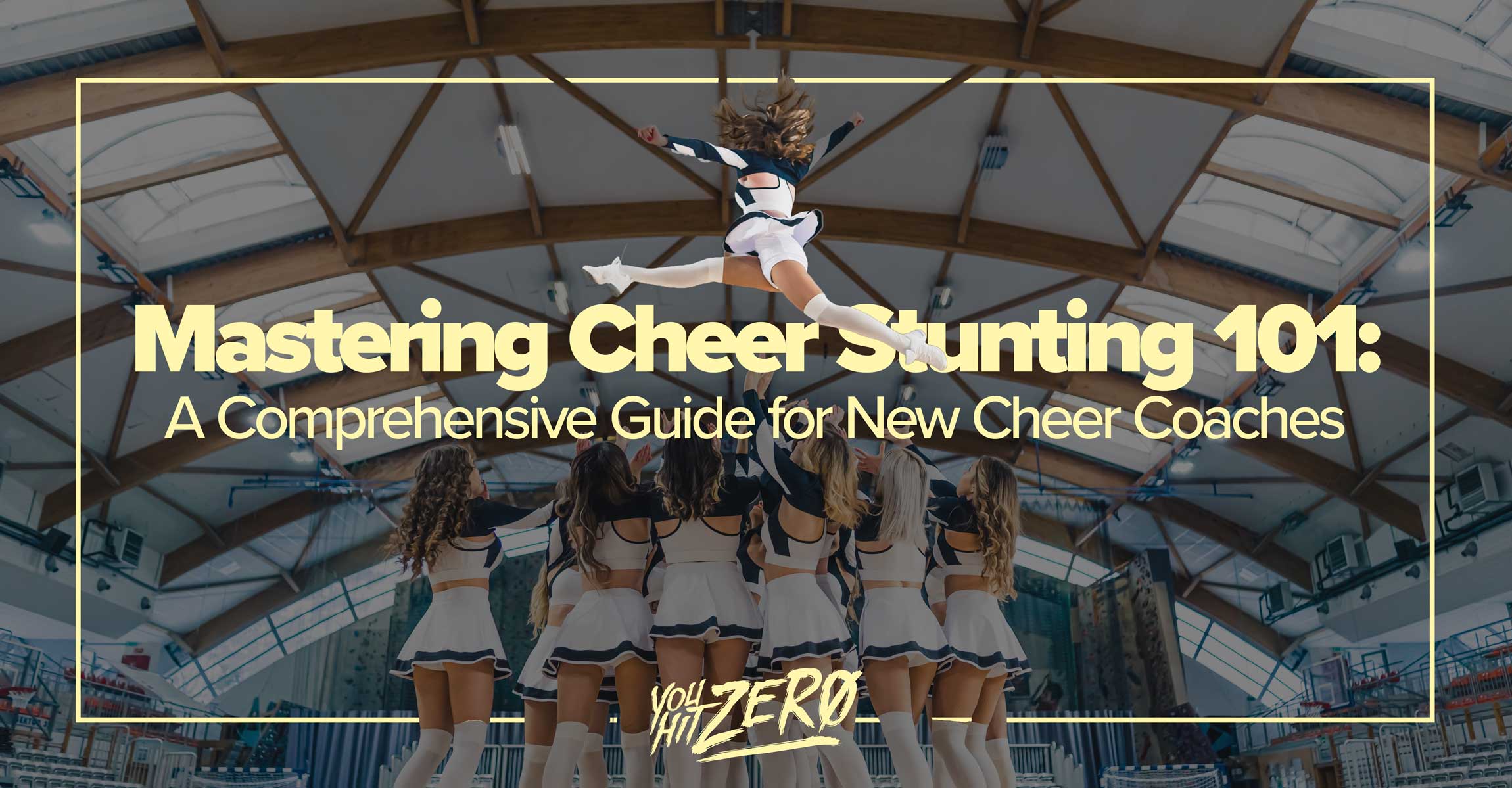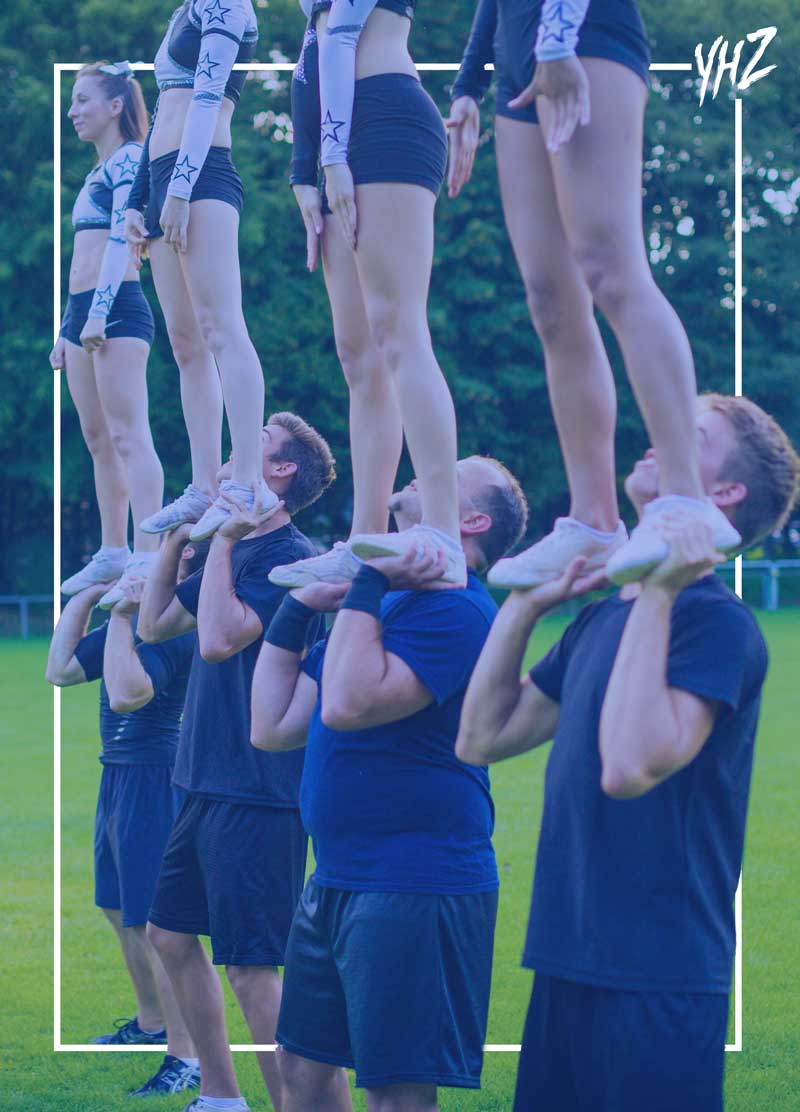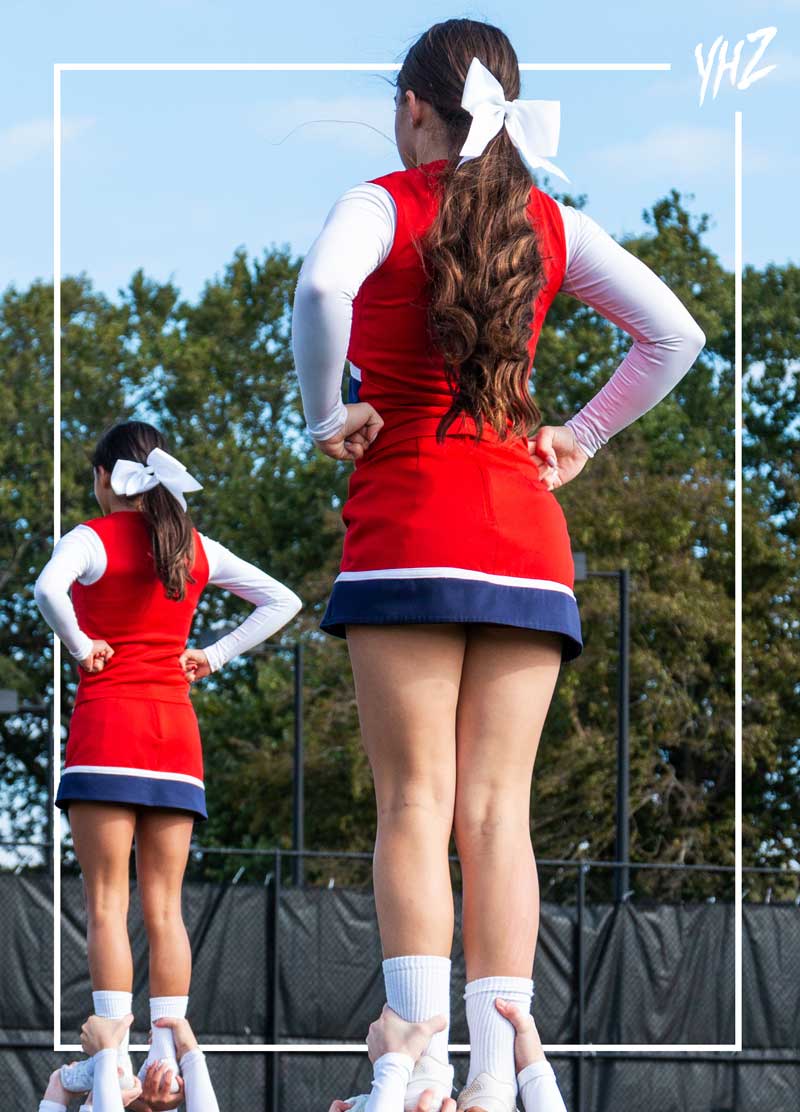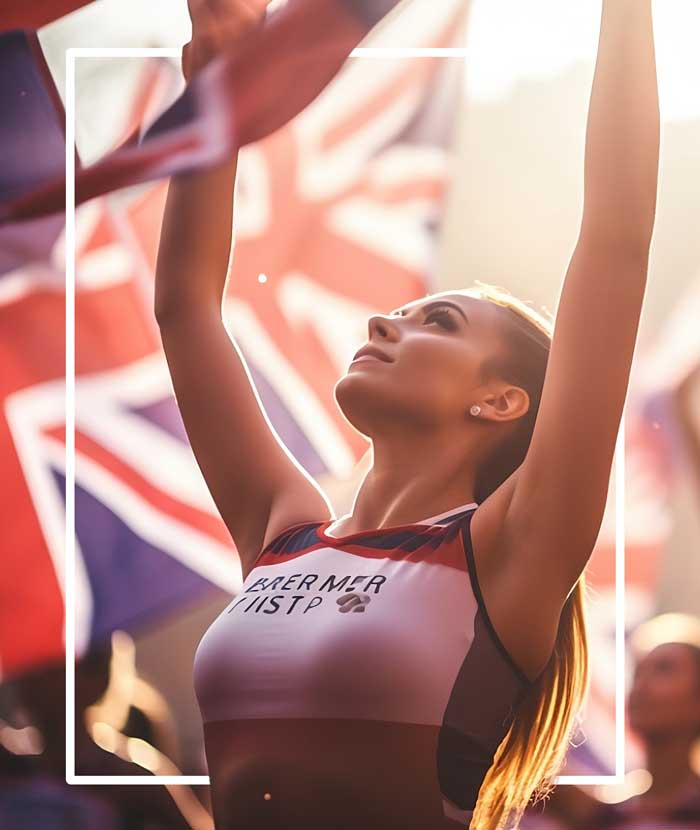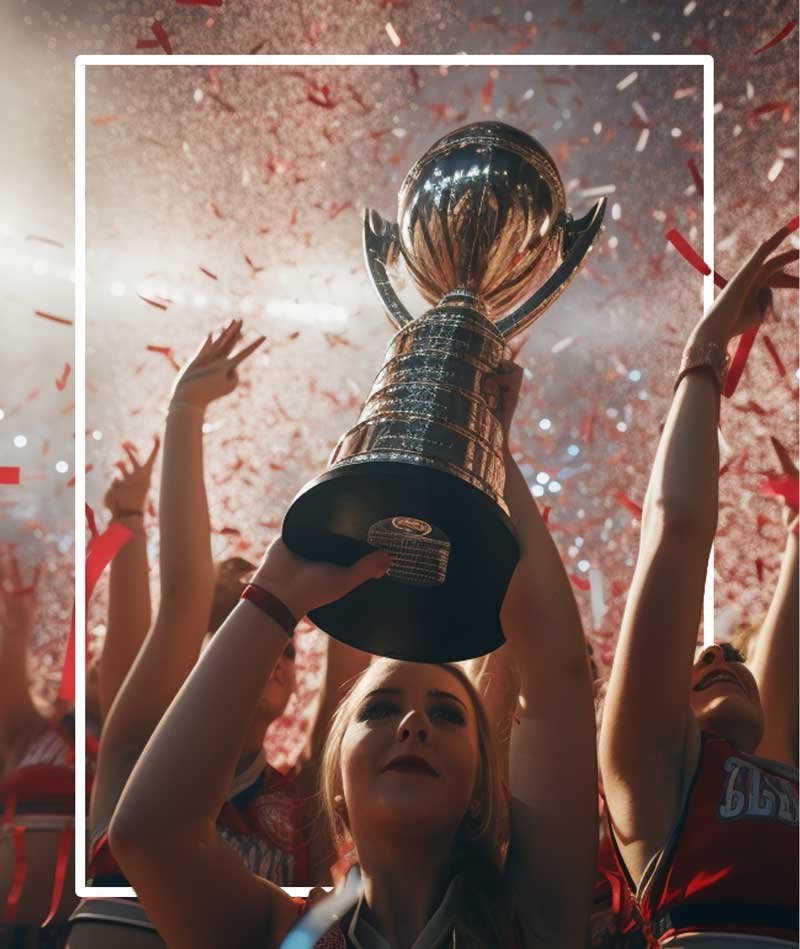By Steve Pawlyk
Published February 20, 2024
Live Oak High School‘s cheerleading program has once again captured the spotlight, securing their victory at the 2024 UCA High School Cheer Nationals Championship. This triumph is not just a testament to their exceptional skills but a reflection of a meticulously crafted approach that other programs aspire to emulate. The question on everyone’s lips is: What makes Live Oak Cheer so successful?

A Unique Structure: Beyond the Norm
At the heart of Live Oak Cheer’s success is its distinctive operational model, which mirrors that of an All-Star gym while retaining its high school identity. This structure offers unparalleled flexibility and autonomy, allowing for innovative practices that are often constrained in traditional school-based programs. The program’s funding, sourced from parent contributions and a significant annual golf fundraiser, facilitated the purchase of their own gymnasium. This independence from school and state regulations enables a tailored approach to training and development, setting Live Oak apart from its competitors.
Building Champions from the Ground Up
Live Oak’s strategy extends beyond high school; it starts nurturing athletes from a young age through the Live Oak Youth Football and Cheer Organization. This foundational work emphasizes fundamentals, sportsmanship, and teamwork, fostering a culture of dedication and hard work. The program’s “old school” mentality—where achievements are earned, not given—prepares young athletes not just for cheerleading but for life.
Senior leadership in the team plays a crucial role, with experienced cheerleaders offering private tumbling lessons to younger participants. This mentorship builds a strong, interconnected community, ensuring a steady flow of skilled athletes into the high school program.
Coaching Excellence and Community Support
Under the guidance of Maddi Guidry, a well-known former college athlete, Live Oak’s cheerleaders receive coaching that is second to none. Guidry’s expertise, combined with the support of coaches Madison Guidry and Kate Hornsby, has propelled the team to national prominence. The program’s success is a community effort, with volunteers, parents, and the entire Watson community rallying behind the team. The local support, from electronic signs in the business district to handmade signs along the travel route, underscores the community’s pride in their champions.
A Legacy of Winning
Live Oak High School Cheer’s accomplishments are staggering, with multiple national and world championship titles to their name. Their routines are renowned for their complexity, innovation, and flawless execution. A breakdown of their 2022-2023 competition routine showcases the team’s ambition to push the boundaries of cheerleading, incorporating high-difficulty stunts and tumbling that few can rival.
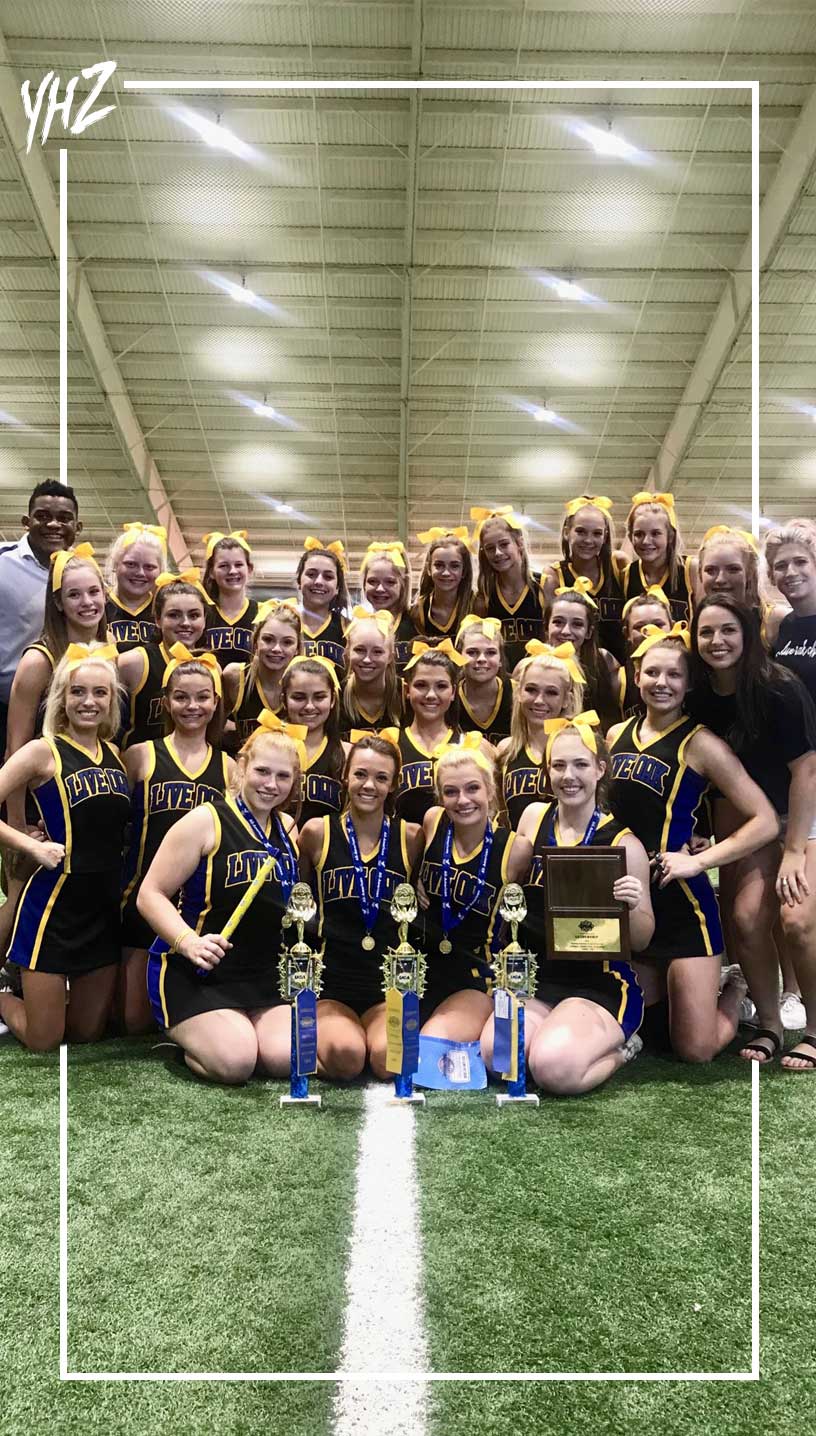
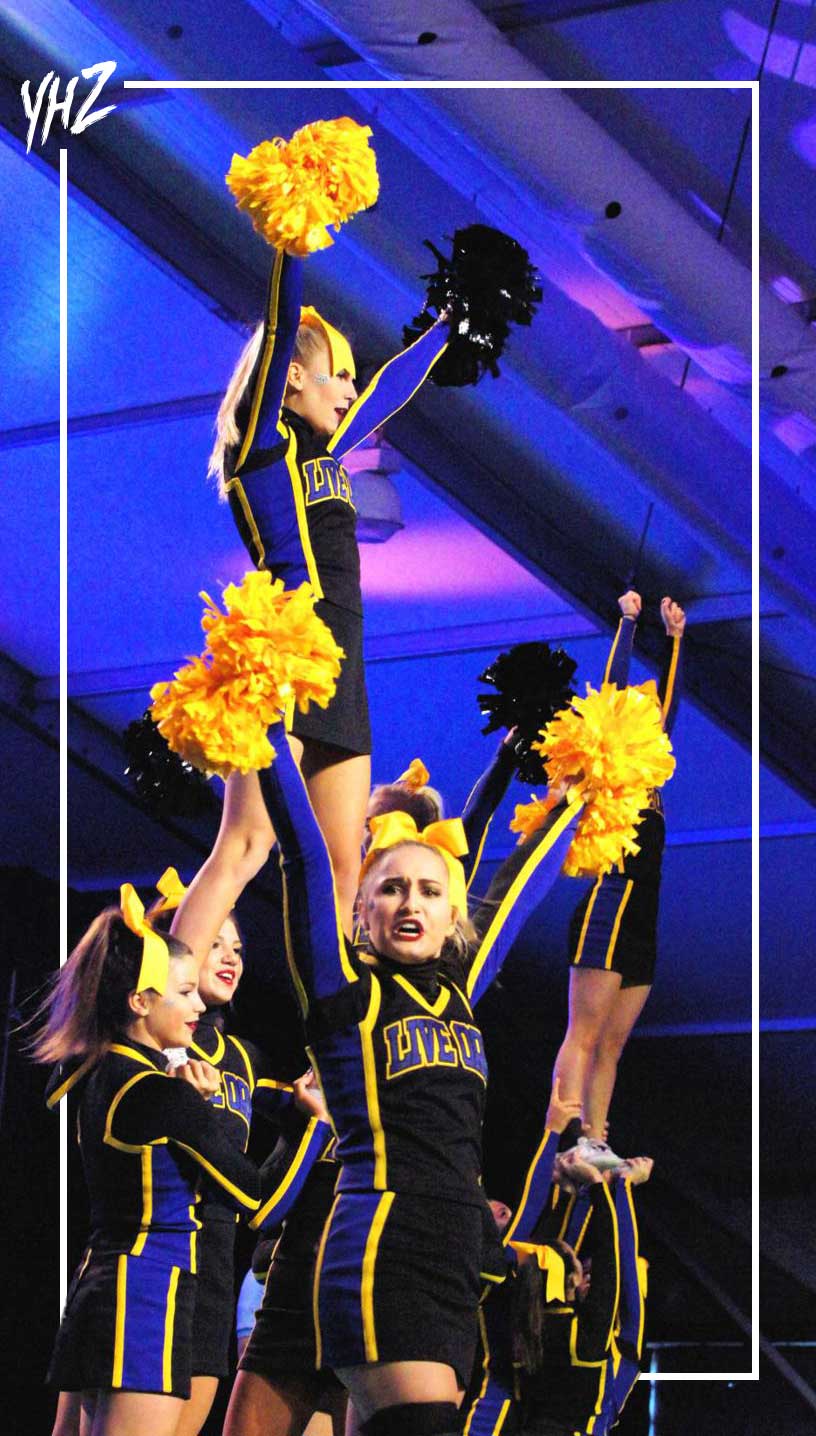
The Path to Victory: Hard Work, Dedication, and Sacrifice
The journey to the top is paved with hard work, dedication, and, inevitably, sacrifices. The athletes’ commitment is evident in their rigorous training schedule, which intensifies as competitions draw near. The physical toll is significant, with injuries a common hurdle. Yet, the team’s spirit remains unbroken, driven by a collective goal to excel and a supportive environment that nurtures their talents.
Live Oak High School Cheer’s dominance at the 2024 UCA High School Cheer Nationals Championship is no coincidence. It is the result of a well-orchestrated program that values hard work, community support, and a forward-thinking approach to cheerleading. For programs looking to replicate Live Oak’s success, the blueprint is clear: invest in your athletes from a young age, foster a culture of dedication and teamwork, and support them with the best coaching and facilities. The journey to the top may be demanding, but as Live Oak Cheer has shown, the rewards are well worth the effort.
IPP's Premade Mixes are USA Cheer Compliant and customizable! Add Sound FX, swap songs, & more! Add your Team Name to the mix for only $10!









